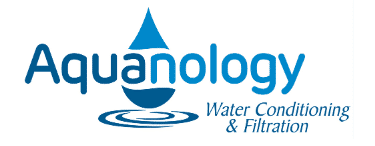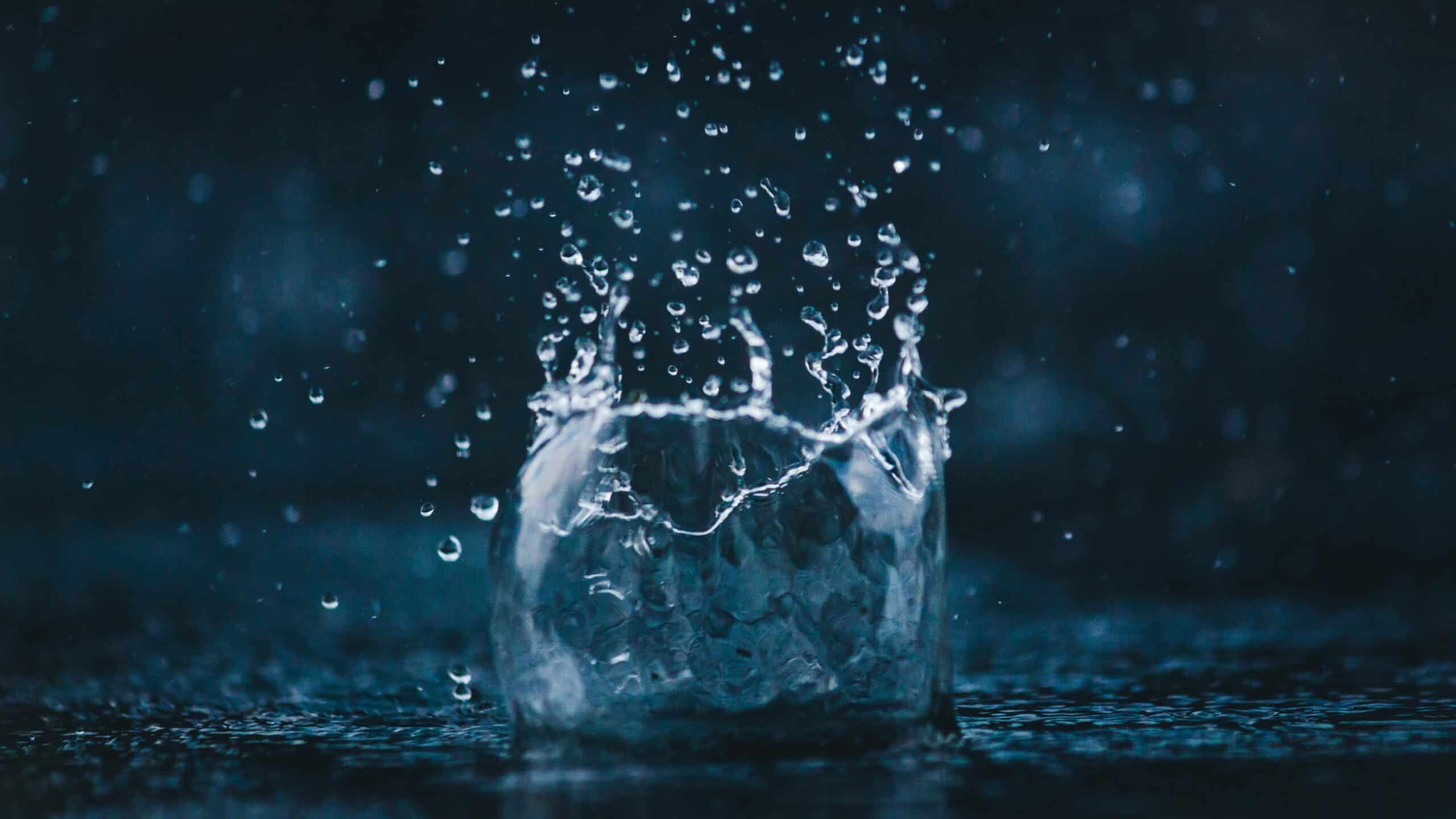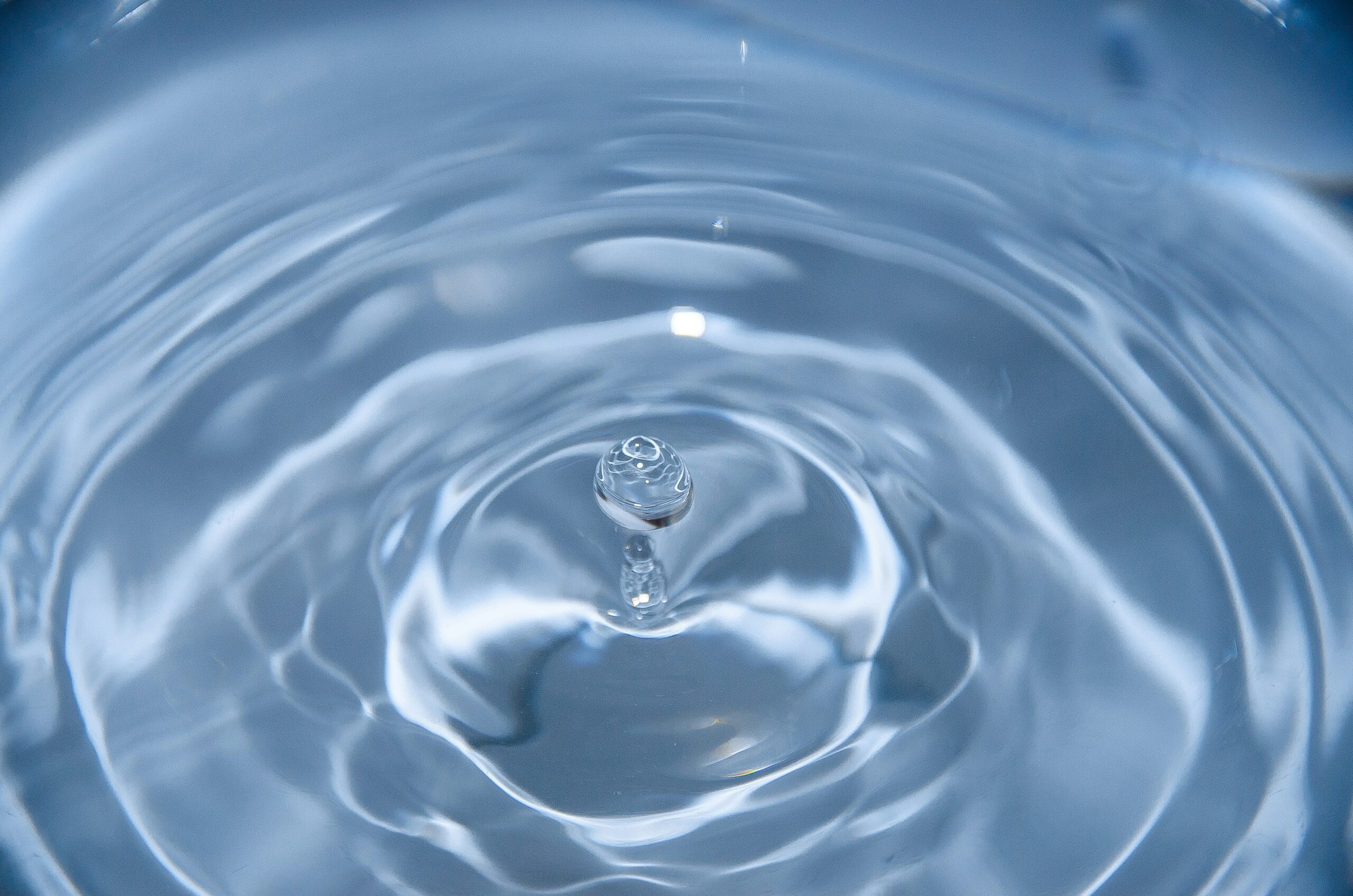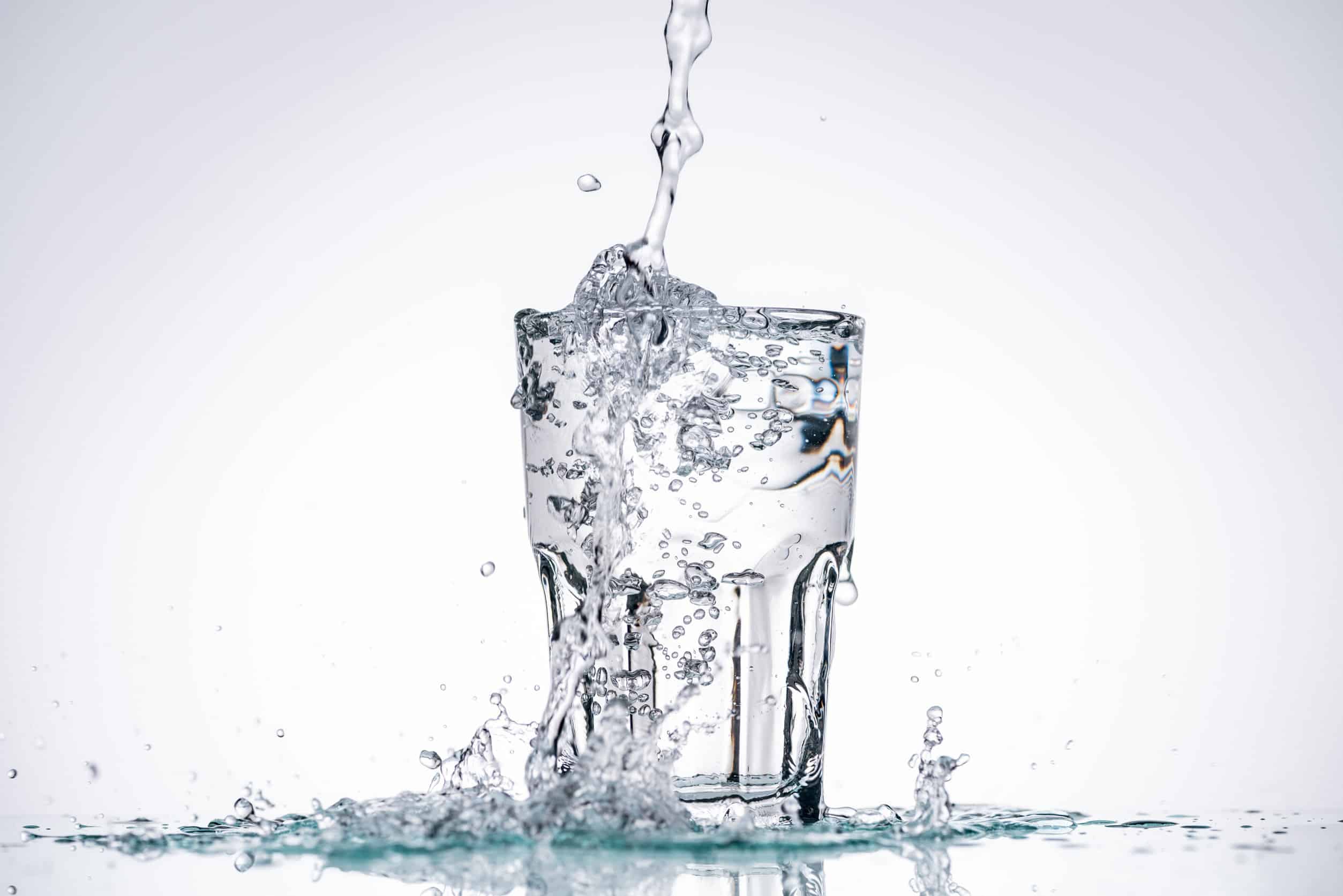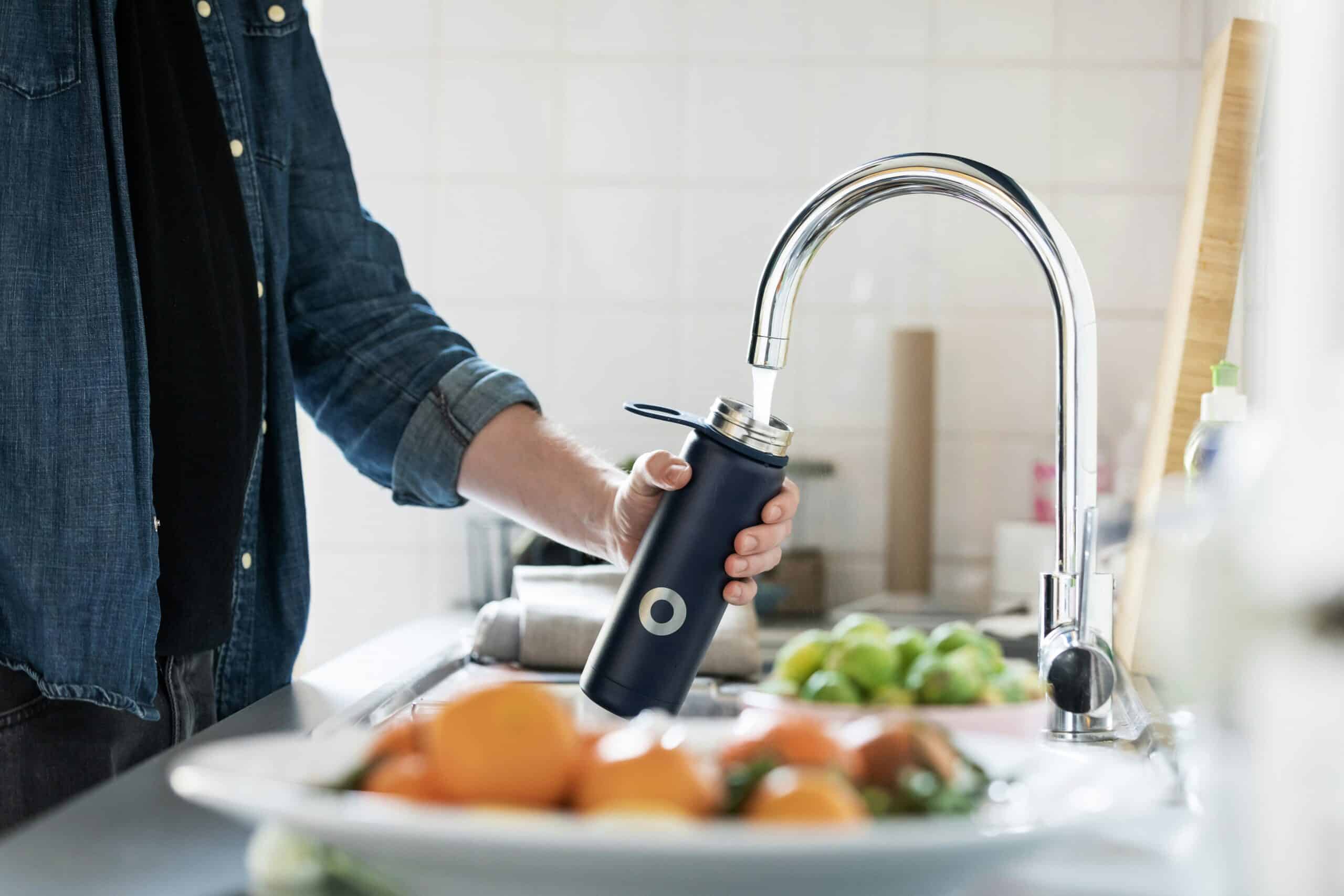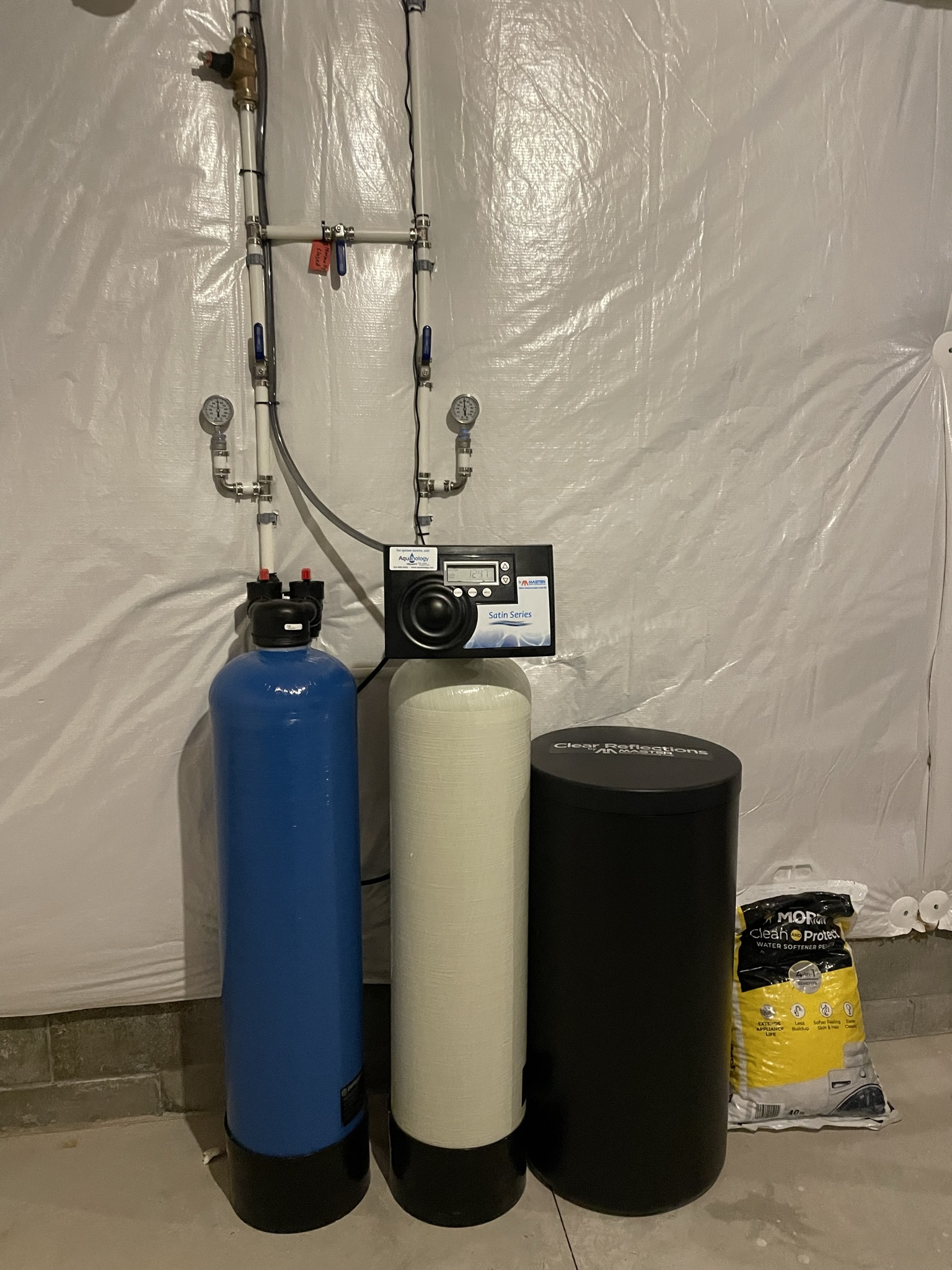Water conditioning might sound like a complex topic, but it’s essential to understand how it can improve your home’s water quality. At Aquanology, our mission is to provide homeowners with detailed, easily digestible information. In this comprehensive guide, we’ll tackle four widespread water conditioning myths, breaking them down and defining key terms to ensure you’re well-informed. Let’s dive into the facts without any fluff.
Myth 1: Water Softeners and Salt-Free Water Conditioners Are Identical.
Reality: Water softeners and salt-free water conditioners may seem similar, but they serve distinct purposes. Let’s break it down:
- Water Softeners: These swap out the hard minerals in your water, like calcium and magnesium, for something softer—sodium. Think of it as a mineral exchange program. But here’s the catch: they need salt to perform this swap, and that’s why you often see salt tanks connected to water softeners.
- Salt-Free Water Conditioners: These don’t change the minerals; instead, they prevent them from sticking to your pipes. Picture them as the pipe protectors, reducing mineral buildup. However, they won’t give you that silky, soft water feeling like a water softener does.
Refuting the misconception that salt-free conditioners can soften water is straightforward with a basic water hardness test: it shows water remains hard post-conditioner, unlike post-softener. In water softeners, hard minerals like calcium and magnesium are replaced with sodium through the ion exchange process. Here, “ion exchange” refers to the replacement of undesirable ions (calcium and magnesium) in the water with preferable ones (sodium). Sodium, being a “softer” mineral, is less prone to creating scale—hard, crusty deposits that form on surfaces due to hard water.
In contrast, salt-free conditioners don’t remove these minerals. Instead, they alter the “scaling characteristics” of the minerals, meaning they change how these minerals behave so they’re less likely to stick to surfaces and cause scaling. This process leads to reduced scale buildup on pipes and faucets, hence the term “scale-reduction filters.” However, since the hardness minerals remain, these conditioners are less effective at improving soap efficiency and providing the soft feel of water that a true softener would.
Moreover, scale reduction filters’ effectiveness varies with water quality—factors like hardness, total dissolved solids, pH, and total alkalinity significantly influence their performance. To ensure the right system for your needs, consulting a water conditioning company for an unbiased recommendation is wise. They can clarify which system—softener or conditioner—best suits your specific water characteristics.
Myth 2: Water Softeners Make Water Healthier and Safer.
Reality: Water softeners are fantastic at removing hardness, but they won’t address other water concerns. Let’s get into the details:
A well-designed water softener efficiently eliminates hardness minerals like calcium and magnesium, and can also filter out metals such as iron and manganese. While water hardness itself isn’t a health issue, high levels might slightly impair water taste. On the health front, metals like iron and manganese could be hazardous at elevated levels, but water softeners don’t address the most critical water safety concerns:
- Bacteria: In private wells, bacteria pose a significant health risk. Water softeners do not combat bacteria; UV disinfection systems are typically used for this purpose.
- Nitrates: Common in private well water, nitrates can harm infants and small children at high levels. Water softeners don’t remove nitrates; reverse osmosis systems are recommended for this.
- Chlorine and Trihalomethanes: Increasingly scrutinized in public water systems, neither of these chemicals is filtered by water softeners. Carbon filtration is the go-to method for chlorine removal, while reverse osmosis systems are effective against trihalomethanes.
Some softeners come as combo units with carbon filtration, ideal for public water systems to remove chlorine and soften water. These combo units are useful when space is limited, but they often run less efficiently, leading to higher water and salt consumption.
Myth 3: Water Conditioning Isn’t Necessary for Homes with Public Water.
Reality: Public water varies, and even if it’s from a public source, it might still need some TLC. Let’s break it down:
- Lead Concerns: Older plumbing and fixtures in your home might contain lead, which can contaminate your water. Public water regulations may not always cover this issue.
- Taste and Odor: Sometimes, tap water doesn’t taste great due to added chemicals like chlorine. If you’re sensitive to these tastes and odors, you might prefer filtered water.
- Emerging Contaminants: Things like fluoride, chlorine, and disinfection by-products can be in your tap water. Instead of buying bottled water, consider home filtration systems to get rid of these.
Public water supplies exhibit wide variations in aspects like water hardness and chlorine levels. Typically, public water regulations ensure common health contaminants, such as nitrates and bacteria, are not present. However, lead contamination can be a concern, particularly in older houses with lead-containing plumbing.
Water hardness, determined by the source of the public water supply, varies geographically. In some areas, high mineral content causes issues like staining, dry skin, and scale buildup, while other regions have low mineral levels, making hardness less of a problem.
Chlorine, used for disinfection, can cause dry skin in sensitive individuals. Concerns over emerging contaminants like fluoride, chlorine, and disinfection by-products (trihalomethanes) lead some to opt for bottled water. However, home drinking water filtration systems offer an alternative for purified water, eliminating the need for bottled water.
Deciding whether you need a water conditioning or water filtration system on public water hinges on your location and personal expectations. Individuals with compromised immune systems or specific health concerns should be particularly vigilant about their water quality. Water testing or consulting a local water treatment specialist can provide valuable guidance in this decision-making process.
Myth 4: Water Conditioning and Filtration Systems Are Expensive to Maintain.
Reality: The cost of maintaining water systems varies, and it’s not always as expensive as you might think. Let’s get into the details:
- Water Softeners: The maintenance cost depends on how hard your water is. For extremely hard water, you might spend around $500 or more per year on salt alone. But for moderately hard water, it’s much more budget-friendly, averaging around $50 per year for salt.
- Basic Filters: If you’re using basic carbon filtration systems for chlorine removal, these can last for about five years, with replacement carbon costing around $200.
- Reverse Osmosis: For drinking water systems, like reverse osmosis, the cost varies from $25 to $100 per year for filter changes, depending on the model. This can often be more economical than buying bottled water, especially if you have a larger family.
Maintaining water systems can be expensive, particularly with low-quality water. For example, softening water with around 100 grains of hardness can cost over $500 yearly just for salt. Here, “grains of hardness” is a measure of water hardness, with one grain equaling approximately 64.8 milligrams of calcium carbonate per gallon. High levels of hydrogen sulfide, often found in well water, can cause a rotten egg smell and taste. Treating this requires significant amounts of chlorine or peroxide, which oxidize the hydrogen sulfide, neutralizing the odor and taste.
In contrast, treating water that is only moderately hard (4 to 7 grains) to hard (7 to 11 grains) is less expensive. A “highly efficient softener,” designed for optimal performance with minimal resource waste, drastically reduces the cost. For such water, an average home might only need 4 to 6 40-pound bags of salt per year, costing about $50 at $9 per bag.
A basic tank-based carbon filtration system, mainly used for chlorine removal, can have a carbon lifespan of around 5 years. The replacement cost of around $200 doesn’t add up to much annually.
Reverse osmosis systems, used for drinking water, work by forcing water through a semipermeable membrane, removing impurities and contaminants. These systems may cost about $25 to $100 per year for filter changes, depending on the model. This can be economical compared to the ongoing cost of bottled water, especially for larger households.
When selecting a system, consider the ease of maintenance and service. Some are user-friendly for DIY maintenance, while others might require frequent professional servicing. Researching service providers and equipment specifications is essential for making an informed decision.
In the world of water conditioning, myths are no match for well-informed homeowners. We’ve taken you through the ins and outs of water softeners, salt-free conditioners, health concerns, public water variations, and maintenance costs. The key is to take your time, explore your options, seek expert advice, and make a decision that suits your needs. Knowledge is your best ally, and at Aquanology, we’re here to empower you with it. If you’re looking for help finding and installing a water conditioning system in your home, contact us today.
